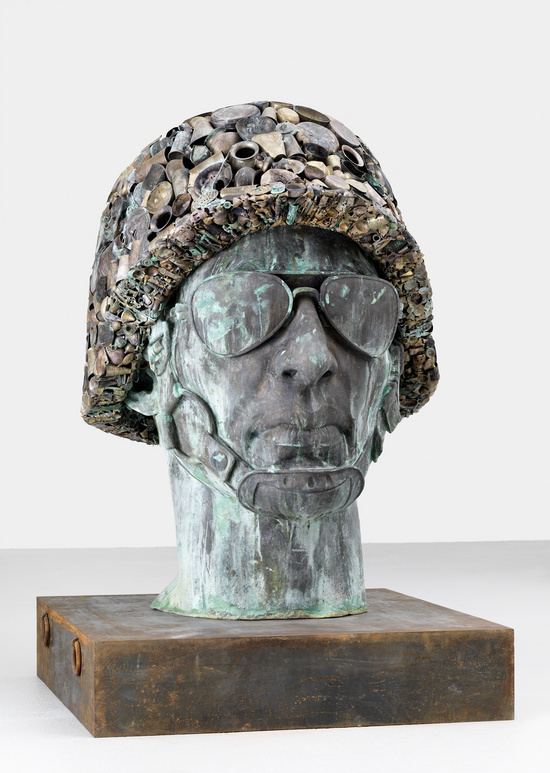 | ||
Real meaning of gandhiji ke 3 bandar gandhi s three monkeys three wise monkeys by robbin
Gandhi's Three Monkeys is a series of sculptures created by Indian artist Subodh Gupta that portrays three heads in different types of military headgear. The sculptures recall a visual metaphor from India's famous champion of peace, Mahatma Gandhi, of the "Three wise monkeys", representing the principle "see no evil, hear no evil, speak no evil".
Contents
- Real meaning of gandhiji ke 3 bandar gandhi s three monkeys three wise monkeys by robbin
- Design
- Philosophy
- Location
- References
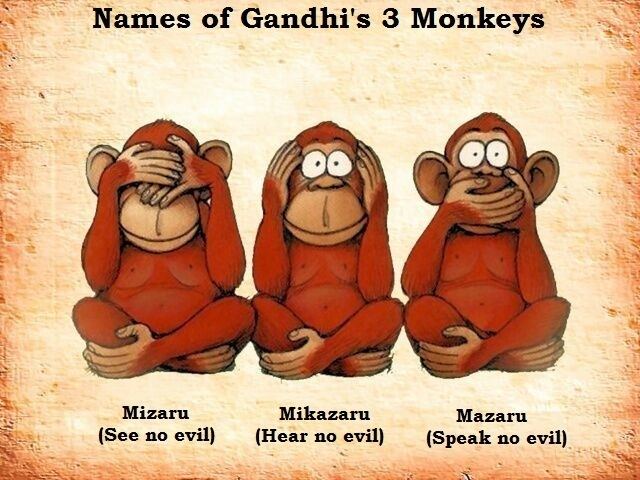
Design

The three heads are composed of stainless steel cooking instruments, used pails, traditional Tiffin lunch boxes, and glass bowls. Different elements define each head—each respectively covered by a gas mask, a helmet and pair of glasses, and a hood.
Philosophy
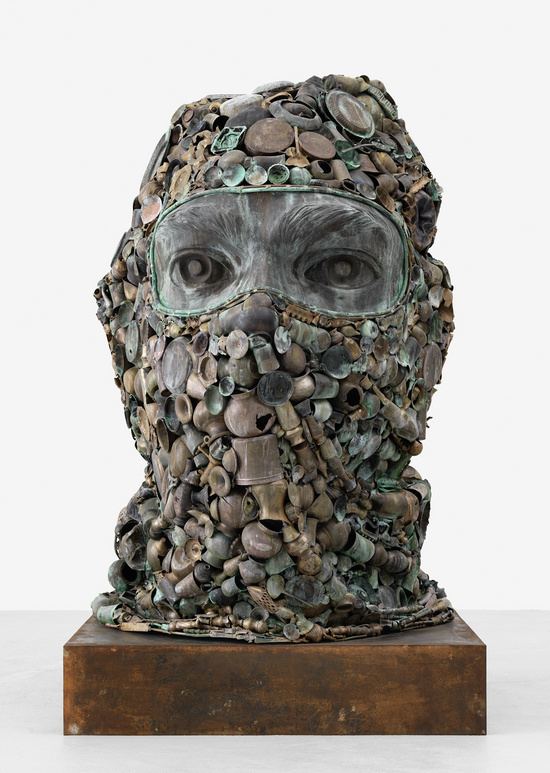
This series of sculptures continues Gupta's inspections of dualities in his artwork, including themes of war and peace, public and private, global and local. The phrase "See no evil, Hear no evil, Speak no evil" first emerged in Japan in the 17th century and was later adopted worldwide as a message of peace and tolerance due to Mahatma Gandhi's visual metaphor of the three monkeys, with one of them covering his eyes, the second his mouth, and the third his ears.
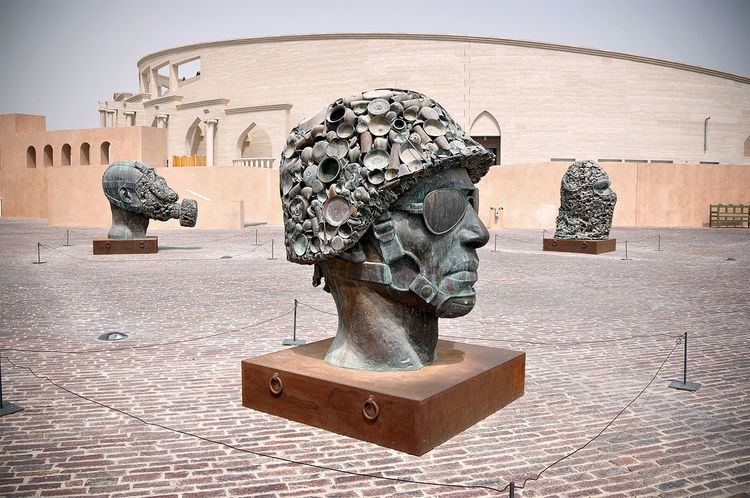
Gupta's sculptures are inspired by Gandhi's interpretation of the three monkeys, embodying the principles of non-violent resistance against contemporary forms of colonialism, oppression, and injustice.
Location
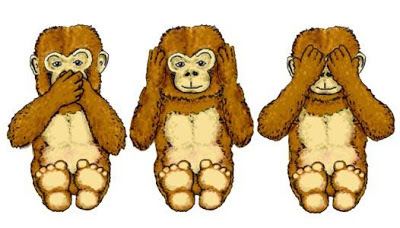
Since they were created in 2008,the sculptures have toured the world within various exhibitions, such as the "STILL, STEAL, STEEL" show at Jack Shainman gallery (March–April 2008).
Recently, the sculptures were installed permanently in Katara Cultural Village in Doha, Qatar.

